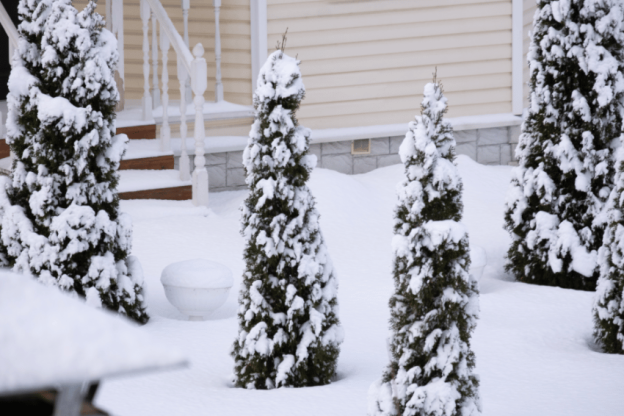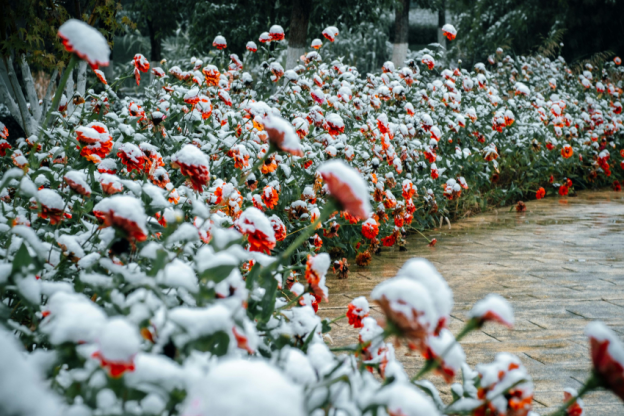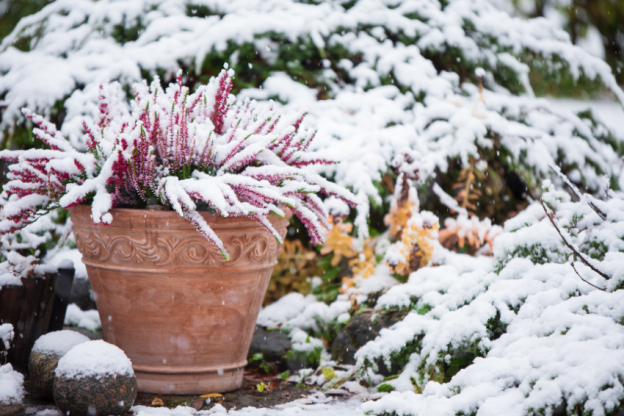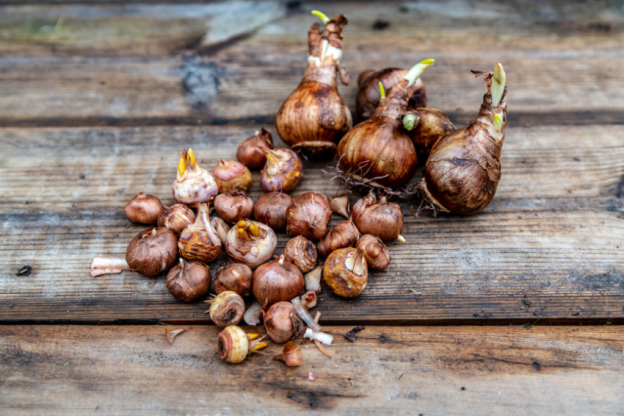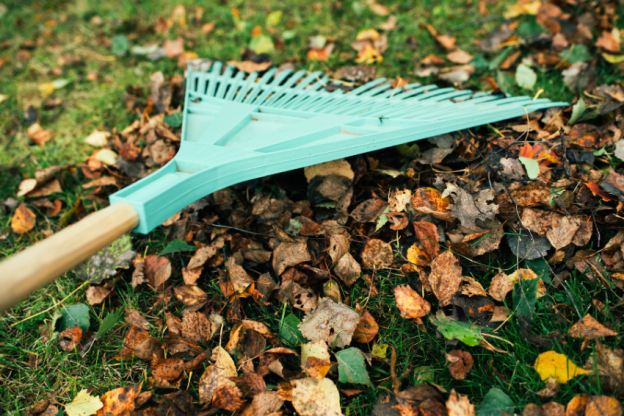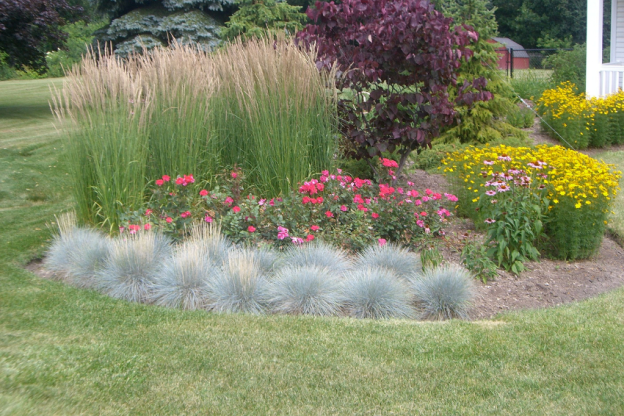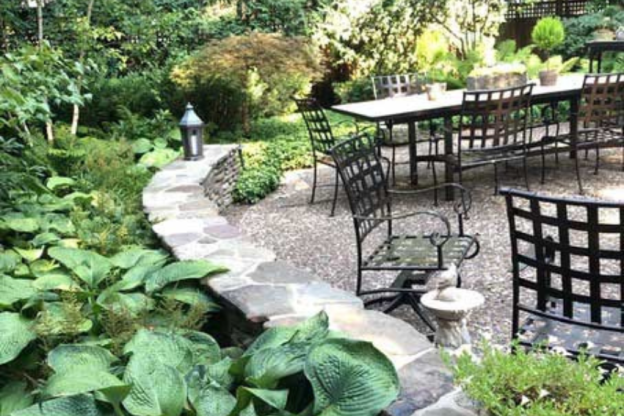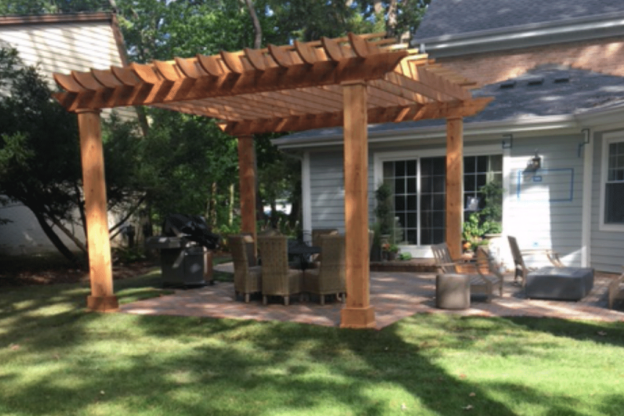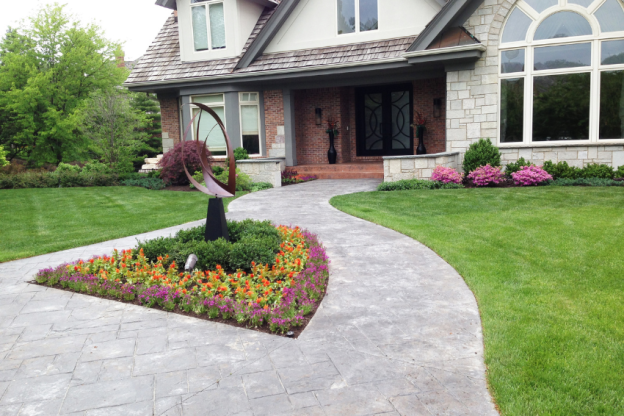With thoughtful planning and the right choices, your outdoor space can become a place of evergreen wonders. These trees can survive the cold and some shrubs retain their foliage. A myriad of options to transform your winter garden into a sanctuary of color and texture awaits. In this blog, we will show how to select and integrate evergreen trees that thrive during winter, ensuring your outdoor environment remains captivating throughout the year.
Evergreen Options
Whether you prefer the graceful sweep of conifers like the Eastern Hemlock or the structured elegance of boxwoods, matching evergreens to your preferences ensures they seamlessly integrate into your outdoor space.
Arborvitae: Known for its dense foliage and tall, columnar shape, often used for privacy screens and hedges.
White Spruce: A hardy evergreen with bluish-green needles, commonly used as a specimen tree or for windbreaks.
English Yew: Slow-growing with dark green foliage, often used for formal hedges or as a specimen plant.
Common Boxwood: Compact evergreen shrub with small, glossy leaves, widely used for hedges, borders, and topiary.
Eastern Hemlock: Shade-tolerant evergreen with graceful drooping branches, suitable for woodland gardens and shaded areas.
Eastern White Pine: Fast-growing with soft, flexible needles, commonly used as a specimen tree in parks and larger yards.
Beyond aesthetics, evergreens offer invaluable benefits to winter landscapes. They provide year-round greenery that contrasts beautifully against the starkness of winter, maintaining visual interest when other plants have shed their leaves. Additionally, their dense foliage provides shelter for birds and small mammals, contributing to the biodiversity of your garden ecosystem.
Seasonal Interest
Evergreens offer invaluable seasonal interest in Northern Illinois landscapes, providing vibrant colors and textures that endure through winter’s chill. Varieties like the Eastern White Pine captivate with soft needles and distinctive forms, creating enduring focal points in gardens. Additionally, some species can showcase berries and flowers during the colder months, adding bursts of color against the backdrop of evergreen foliage. These resilient plants not only maintain structure and visual interest throughout the year but also enhance your yard’s aesthetic appeal even in the harshest of seasons.
Other Benefits
Evergreens play a crucial role in supporting wildlife and enhancing biodiversity within gardens. Their dense foliage and sturdy branches provide essential shelter for birds and small mammals during harsh weather conditions. By strategically designing with wildlife in mind, gardeners can cultivate a thriving ecosystem where evergreens coexist with other shrubs and perennials. By considering these options it not only ensures year-round visual interest but also promotes a balanced habitat that attracts a variety of pollinators and beneficial insects throughout the seasons. The result is a dynamic garden landscape that not only delights the eye but also nurtures a diverse array of wildlife, contributing to the overall health and sustainability of the environment.
If you need help adding evergreens to your property, Martin John Company’s team of landscaping designers and horticulture experts can help. Schedule a free consultation with one of our experts today.


